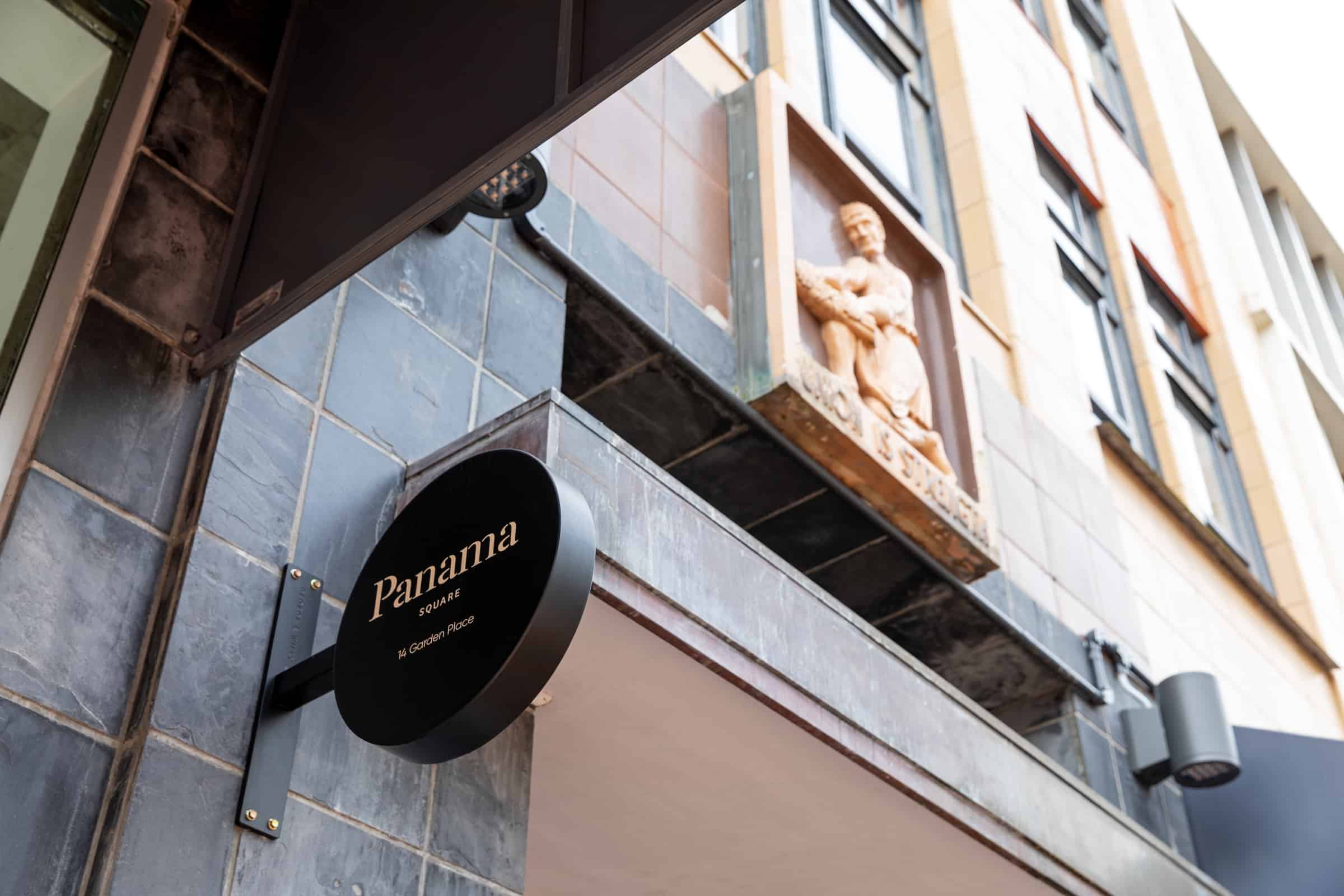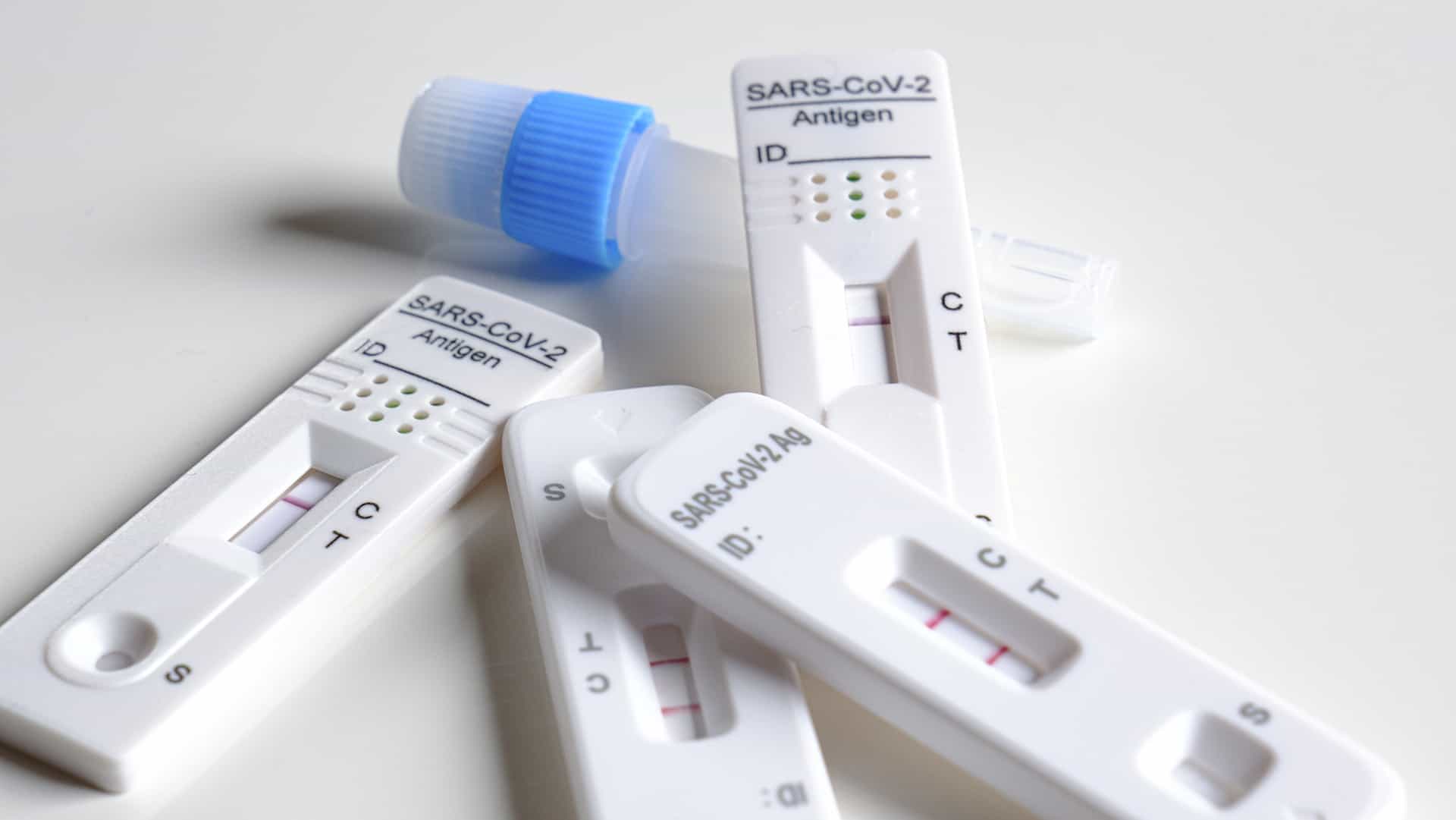Edwards Law
COVID - 19 FAQ's
HEALTH AND SAFETY WORKPLACE/ OPERATIONAL QUESTIONS
At 11.59pm on 27 April 2020, and upon New Zealand’s collective move out of Alert Level 4, new health and safety restrictions were introduced for businesses. It was deemed businesses that could “operate safely” could reopen under Alert Level 3. These have now been identified in the COVID-19 Public Health Response (Alert Levels 3 and 2) Order 2020 under Categories A, B and C . Find out more here.
The Government advised that “safe” businesses were required to formalise Worksite Plans, to be displayed visibly onsite, outlining the steps that the business has taken to minimise the risk of COVID-19 transmission between staff and customers. It is our position that these Worksite Plans remain relevant to a safe workplace and should continue to be used and adapted for each Alert Level.
The Worksite Plan could include the following risk minimisation measures to ensure the workplace is healthy and safe for everyone on site:
- physical distancing – note that each Alert Level has a different minimum physical distancing requirement. In the workplace, this could include ensuring all workstations are placed at least one metre apart, and staggering rest and meal breaks so that one metre distancing can be maintained;
- increased hygiene measures – such as frequent cleaning, signs and reminders to staff to wash their hands, provision of hand sanitisers and disinfectant etc;
- meeting policies – at Alert Level 3, businesses can only be accessed by staff with no customer facing functions. Accordingly, internal meeting policies could be implemented to restrict the number of meeting participants (to uphold social distancing) or even prohibit face to face meetings entirely, and/or encourage the use of technology to conduct meetings;
- use of PPE; and/or
- ask employees to work from home or perform alternative duties – an employee must be consulted about this.
Worksite Plans should also spell out Government directives, including that the employer can:
- prevent any employees from attending the workplace if they have been in contact with a suspected, probable and/or confirmed case of COVID-19 within the last 14 days; and/or
- contact employees and consult with them on whether the employee or a member of the employee’s bubble is “high risk”, and if so, to discuss how they will return to work and on what terms, and what measures or alternative options could be implemented.
If you have employees working from home, we recommend that a Working from Home Policy is implemented and an Inspection Checklist is completed. This will assist with meeting your health and safety obligations to employees working from home, and to assess whether an employee has all of the necessary equipment and that the workstation is safe and appropriate to work from home. A Working from Home Policy will set and manage the parties’ expectations. It should specify the hours and days to be worked remotely, when the employee must be available, confidentiality measures to protect confidential and sensitive information, how the employee will continue to be supervised and so on. We can assist with providing you with a Working from Home Policy and/or Inspection Checklist.
If after consulting with an employee around risk minimisation measures and alternative options, the employee is unable to attend work safely, then our advice (as part of the employers health and safety obligation) is that the employee should remain at home.
The employer may apply under the COVID-19 Leave Support Scheme for the “high-risk” employee to access two weeks of payments. The employee should also be allowed to take annual leave, which can be utilised to top-up any subsidy or support payments.
In the first instance, the employer should work with the anxious employee to try and understand the root of their concerns. However, an employee must be ready and able to work. Unless an employee can demonstrate that they are a “high risk” individual or have someone in their bubble that is deemed “high risk” (according to Government’s public health guidance, which is available on the Ministry of Health website), then a refusal to return to work may not be reasonable.
If an employee does not have a reasonable explanation for their non-attendance and the employer is of the view that its health and safety obligations have been adhered to under the Health and Safety Act 2015 and the Ministry of Health Guidelines, and where the employer is receiving a subsidy, our conservative advice is to pass on the subsidy only to these employees (without top-ups). Employees should be consulted about this first.
Alternatively, a less conservative/ more aggressive approach might be might be not to pass on the subsidy at all (if the company is receiving one) and/ or to commence disciplinary action against the employee in respect of the failure to work (i.e. an unauthorised absence) or a failure comply with the employer’s reasonable instructions.
PAYMENT QUESTIONS
There have been some recent determinations by the Employment Relations Authority (“Authority”) regarding the payment of wages during COVID-19 restrictions. These two determinations have been briefly summarised below.
The applicants were employees who were employed to work 40 hours per week at minimum wage. Gate Gourmet New Zealand Limited (“Gate Gourmet”) was classified as an essential service during Alert Levels 3 and 4. Gate Gourmet also applied for and received the wage subsidy.
Due to a significant drop in business, Gate Gourmet notified its employees that it was closing down part of its operations. Workers who were rostered on would get paid their ordinary wages, however those not rostered were only paid 80% of their ordinary wages (minimum wage). From 1 April 2020, when minimum wage increased from $17.70 per hour to $18.90 per hour, Gate Gourmet continued to pay these employees 80% of $17.70 per hour on the basis of “no work no pay”.
The Authority determined that all 130 staff were “ready, willing and able” to work during the COVID-19 restrictions as:
- Gate Gourmet had been designated as an essential service;
- Gate Gourmet’s operations were partially operating and it was Gate Gourmet’s decision to partially close its operations (unlike other industries that were not classified as essential businesses);
- Gate Gourmet had received the wage subsidy, and had decided not to undertake a restructure;
- As such, it had confirmed to continue to employ its staff over this time; and
- Although there was not sufficient work for all staff to have full-time work, the decision not to require staff to work came from Gate Gourmet, due to reduced demand, rather than from the COVID-19 restriction itself.
We understand that this determination is being challenged in the Employment Court and was heard on 13 October 2020.
When the Alert Level 4 restrictions were implemented, Dove Hospice had to close its business for the duration of the lockdown, as it was not deemed an essential service. Dove Hospice applied for and received the wage subsidy for its staff.
During the first week of Alert Level 4, Dove Hospice sent a memo to staff advising that they would be paid their full wages until the end of the week, after which they would be paid 80% of their wages until the end of Level 4 lockdown. Subsequent to this, Dove Hospice proposed to restructure the business.
Following a consultation process, staff were advised that their roles were to be disestablished, and that they would receive eight weeks’ notice of redundancy (which was twice their contractual entitlement). However, staff were also advised that their notice period would be paid on the following basis:
- the first four weeks would be paid at 80% of their usual rate; and
- the second four weeks would be paid at the relevant wage subsidy rate (i.e. without top up). The Authority determined that the workers did not agree to be paid 80 per cent of their wages or salary and in the absence of consultation and agreement to vary the terms of the notice period, Dove Hospice did not have a legal basis to reduce normal wages or salary due under the employment agreement during the extended notice period.
The Authority also determined that:
- the staff were at all times “ready and willing” to work; and
- but for the intervening event of the COVID-19 restrictions and/or Dove’s decision to not require them to attend work during the notice period, on the evidence, they were able to fulfil their obligations under the employment agreements.
The Authority found that Dove Hospice had breached its obligations under the Wage Protection Act 1983 and the relevant employment agreements by not paying staff at their full rate during their employment.
We understand that this determination is being challenged in the Employment Court.
Based on the specific facts of the cases above, the Authority held that the employees were entitled to be paid their wages at the contracted rate.
Whilst these determinations appear to place a higher standard on employers, it is important to note that they are not binding and may only be persuasive to other Authority Members considering cases before them in the Authority. However, the upcoming decision of the Employment Court on the challenge in Gate Gourmet New Zealand Limited & Anor v Sandhu [2020] NZEmpC 133 will be binding in the Authority.
If you have any questions relating to payments during COVID-19, get in touch with the Edwards Law team today.
COVID - 19 News

COVID-19 – Permitted work for Close Contacts
As most will know, COVID-19 is quickly growing in prevalence within the community, and the New Zealand Government has been taking steps to address the

COVID-19 – Rapid Antigen Testing
Following the country’s move into the COVID-19 Protection Framework, seemingly away from the elimination strategy, and the growing threat of Omicron and other variants which

COVID-19 Government Financial Support/Pay for Isolating Staff
COVID-19 Government Financial Support for Isolating Staff With Omicron now in the community, employees may need to self-isolate at home due to COVID-19 or while



